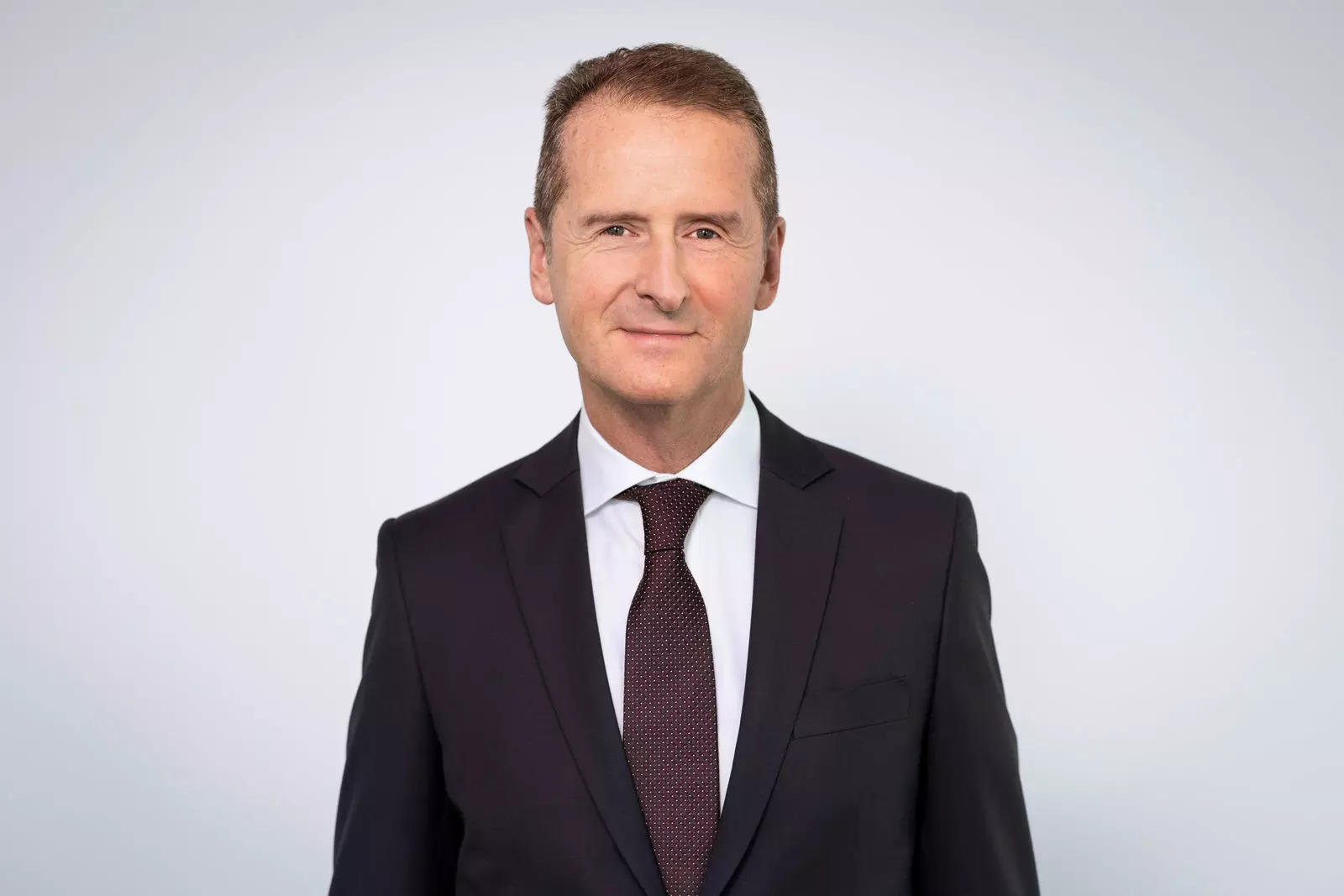
By
Avik ChattopadhyayPardon me for starting with a pun on a common idiom for a man I have grown to respect a fair bit in the form of Herbert Diess. He did bring in some fresh air into the concrete rooms of the VW headquarters in Wolfsburg since he came there in 2015.
I saw an endearing video on LinkedIn of Diess walking on the streets one early morning, shaking hands and smiling, getting energised for a new future. I saw clips of Diess inviting Elon Musk to address the VW senior management. And I thought to myself, just like Louis Armstrong, “what a wonderful world!” How the slightly colourless corridors of the headquarters of one of the world’s biggest brands had changed. In just 5 years, one ‘outsider’ had managed to shake up the status quo to quite some extent. But I was proven wrong.
Philippe Houchois, a Jeffries analyst, calls this “another illustration of dysfunction at VW.” This implies there had been previous ones, similar to the recent ‘dieselgate’. (The dieselgate scandal, said to be one of the costliest in corporate history, happened in 2015 after Volkswagen was found to have installed illegal “defeat devices” to cheat emissions tests.)
Having spent 18 eventful months in the company, leading the marketing and product planning functions for India, I have got a fair idea of the way the system thinks and operates in VW. It’s not a case of any dysfunction. This is the way, just like most large corporations, VW functions.
Beyond the marketing face
The marketing face of the VW brand is very different from how the rest of the body moves. The brand, as we have loved it, is a creation of English-speaking Americans like Bill Bernbach, Helmut Krone and Julian Koenig, born and brought up in Manhattan. They had the ability to be self-critical and have a sense of candour and humour. That is the external face of the brand. The body is one humongous organisation run by hierarchy and hero-worship. And since Heinrich Nordhoff, there has been no other hero than Ferdinand Piech!
Post dieselgate, Piech rolled the dice and chose Diess. The company wanted change and progress but in a certain way without rocking the boat too much. And there was nothing wrong with that. Not all relationships and partnerships last forever. And neither partner can be faulted for that. By themselves, they may be excellent individuals but together they do not tango. A case in point closer home was Tata Sons and Cyrus Mistry.
Diess wanted to possibly change too many things too soon and in tandem. He ruffled the uber-powerful VW Works Council and IG Metall by talking of job losses. One thought he would work very well in tandem with Daniela Cavallo the new chairperson of the works council as she has questioned salary levels and xenophobia. He made open statements about losing the race to Tesla and did the disruptive in inviting Musk to speak to his team. He openly championed collaborations as the way forward in the digital age. That was asking for too many things at the same time…a popsicle, a doughnut, and a waffle all together!
Elephants cannot dance. Same with large organisations like VW. It has to be lean in mind for that skill. And you know what happens to the mahout that prods the elephant too much. Strategically Diess could have created a separate organisation and brand for the electric foray. Tight teams. Taut thinking. Quick action. Collaboration with the outside world. Tight costs. That could have been the right way to prove it all and then take the template mainstream. The way PSA / Stellantis built the DS brand has been a modern benchmark for me.
Elephants also have big egos. Same with large organisations like VW. They want to be in total command and control. Support systems and collaborations with outsiders are looked upon as loss of face. And they trumpet loud and far. Also, the elephant is a big budget beast. It is used to a certain level of opulence and lifestyle that is difficult to shed. Here again, the prudence of starting a new brand holds good.. It could have been the iconoclast soaking in the criticism too, sparing the larger organisation the anxieties of job losses and salary cuts. The USD 90 billion electrification plan possibly seemed too daunting to the conservatives in the system.
Diess was the thinker. He needed a doer. Nehru and Patel were a tag team and jointly laid the foundation of the India that is today till the latter died in 1950. Diess needed a similar tag team partner from within the system with the same obsession to reorient the elephant. Sadly, before time, the head of the temple ran out of patience with this mahout. Diess will still get his full contractual salary of around 30 million Euros. But that wouldn’t really be fun, would it?
Also Read:















